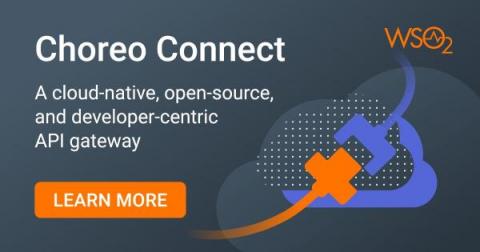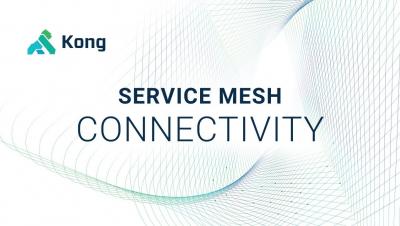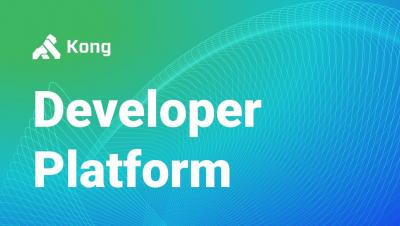Systems | Development | Analytics | API | Testing
API
Introducing Choreo Connect 1.0.0
Choreo Connect is a cloud-native, open-source, and developer-centric API gateway. It provides first-class support for Kubernetes while facilitating an array of API management quality of services (QoS), such as message security, rate-limiting, observability, and message mediation. As a microgateway, it provides additional flexibility, scalability, and resilience to meet today's cloud native demands.
How to Secure Single-Page Applications with Asgardeo
More often than not, securing access to your Single-Page Application (SPA) inevitably becomes an integral part of development. Asgardeo simplifies this by providing an Identity and Access Management (IAM) solution coupled with a suite of SDKs to easily integrate Asgardeo with various applications. In this article, we will explore how to use Asgardeo Auth SPA SDK to secure your SPA. If using React or Angular, Asgardeo’s React or Angular SDK can be used, further simplifying development.
Service Mesh Connectivity With Kong Mesh
API Infrastructure: ESB versus API Gateway (Part 2)
In our last blog, we discussed the connectivity solution – Enterprise Service Bus (ESB) which was a preferred method for connecting monolithic applications. In this blog, we will discuss the role of an API gateway in today’s modern distributed world. We’ll also compare ESBs with API gateways and discuss how these connectivity solutions can co-exist to support both legacy and modern applications.









